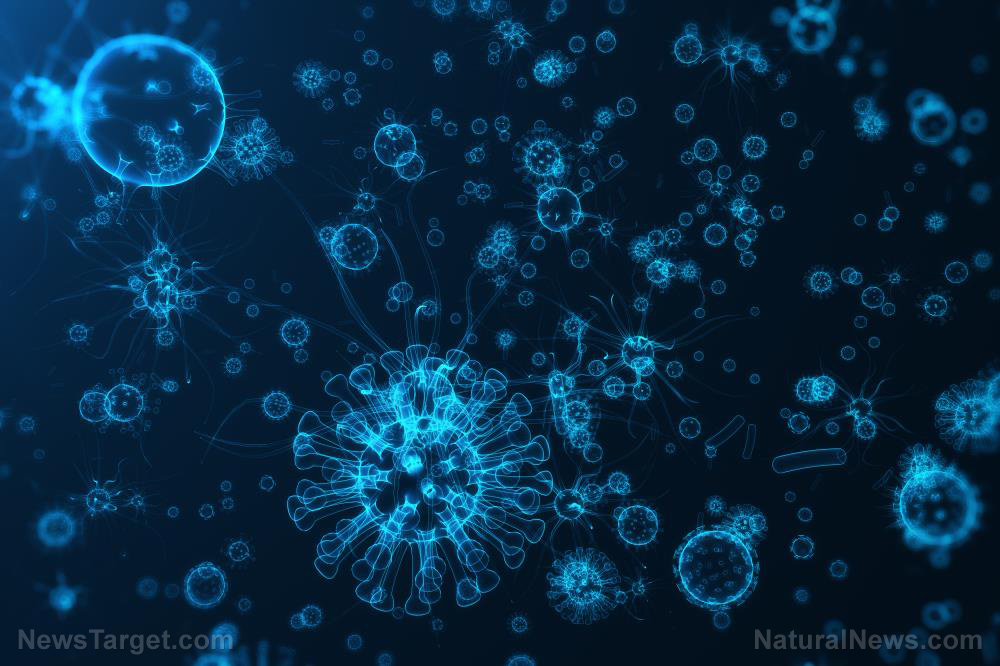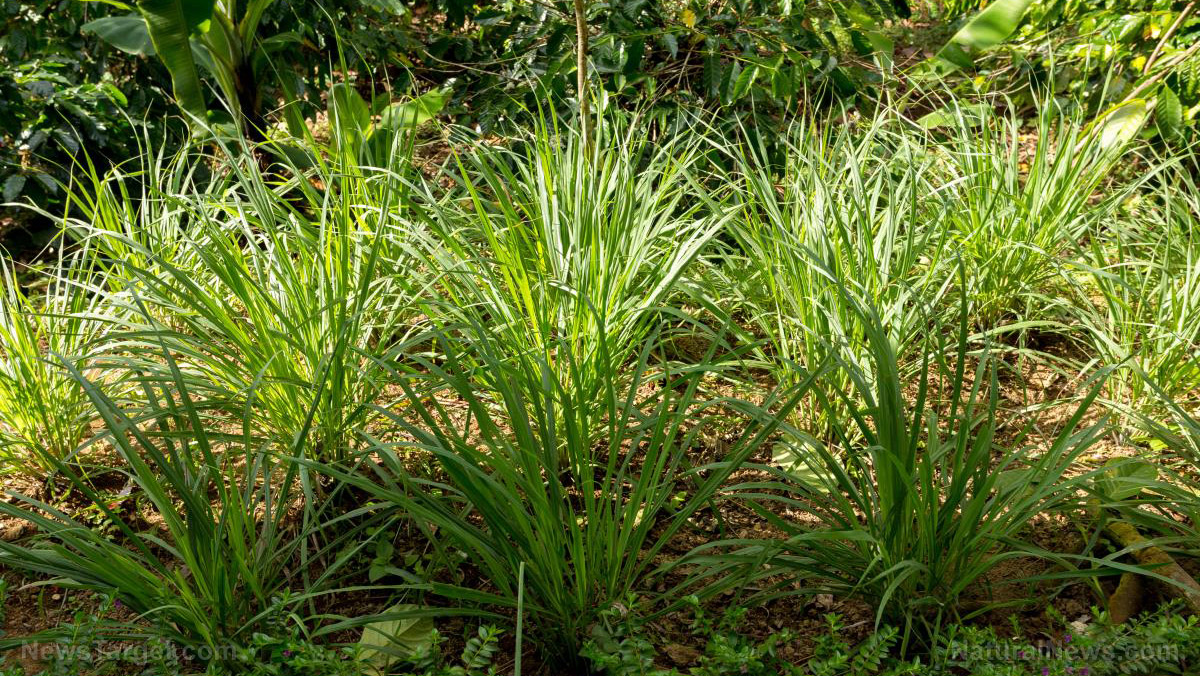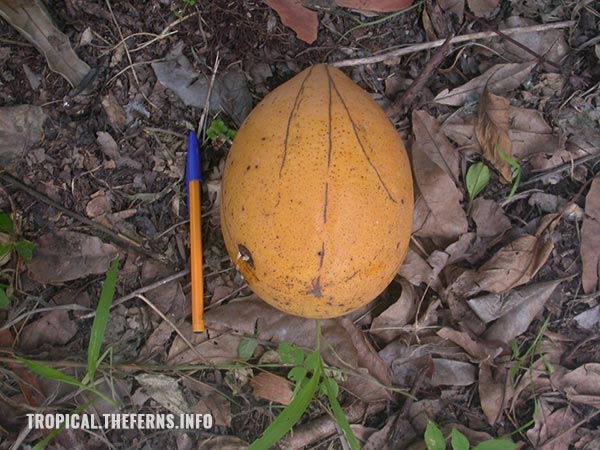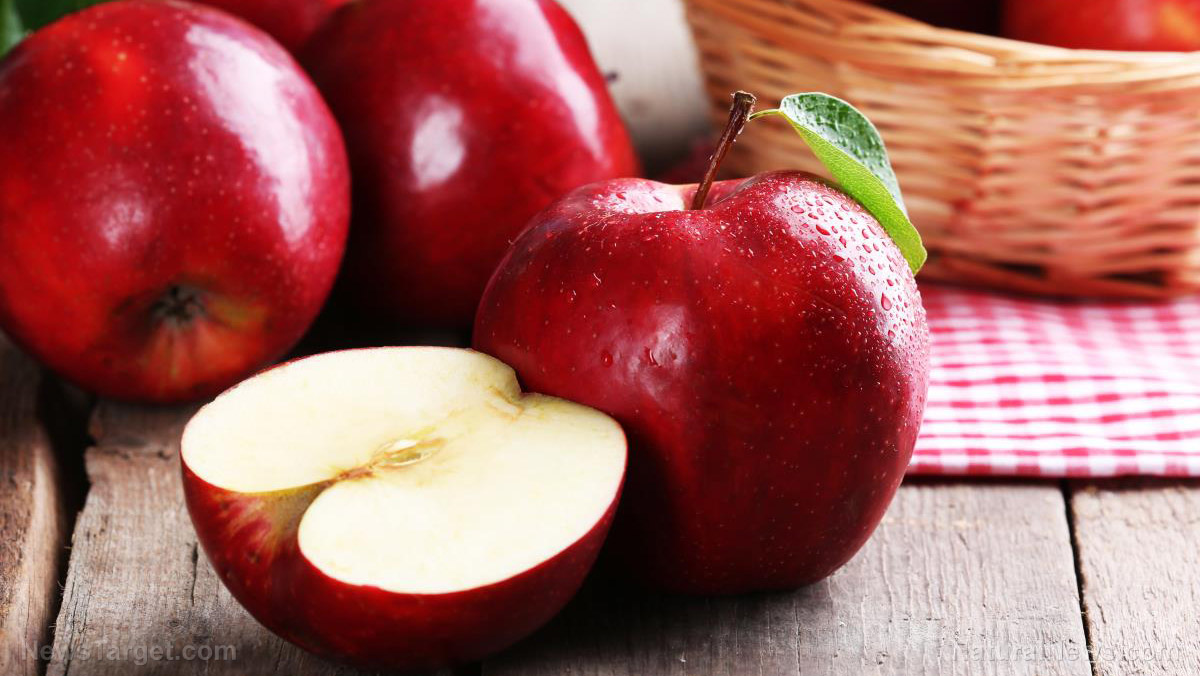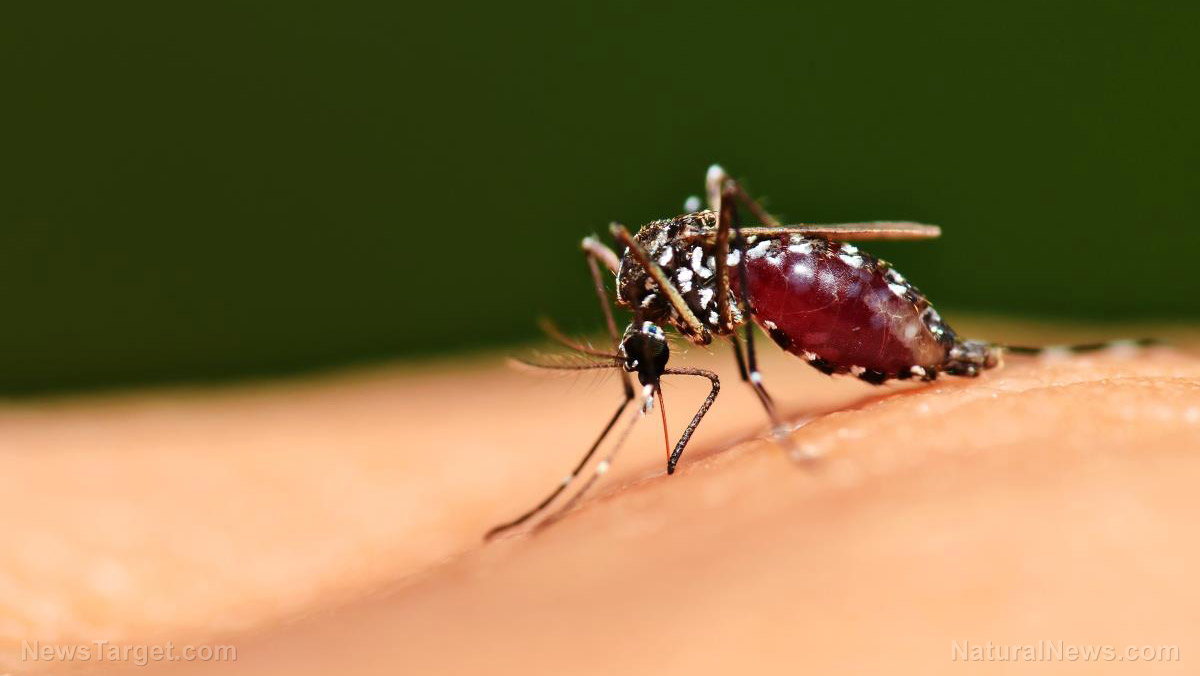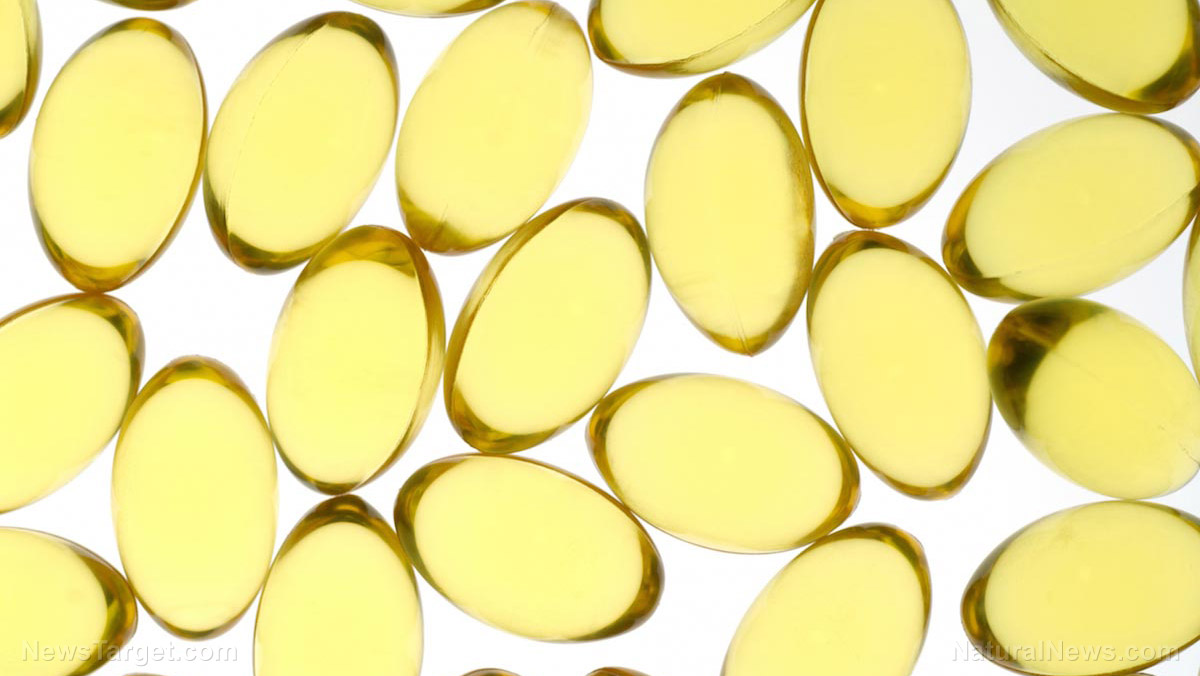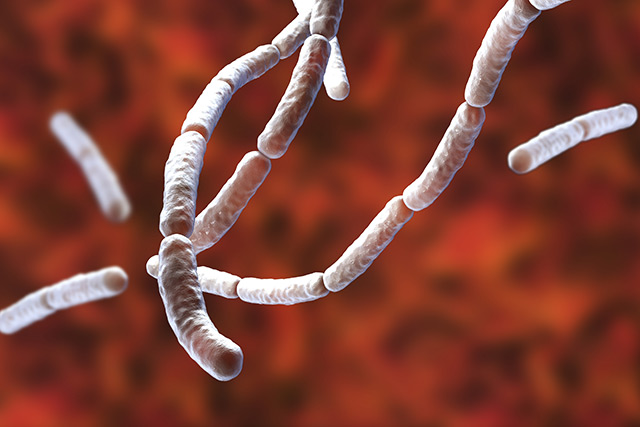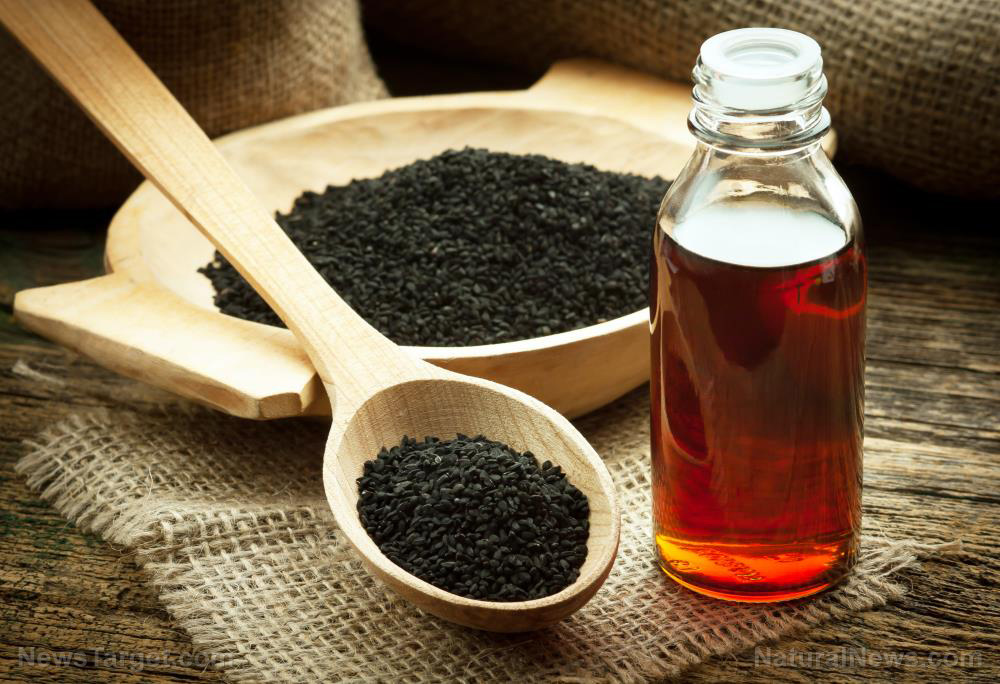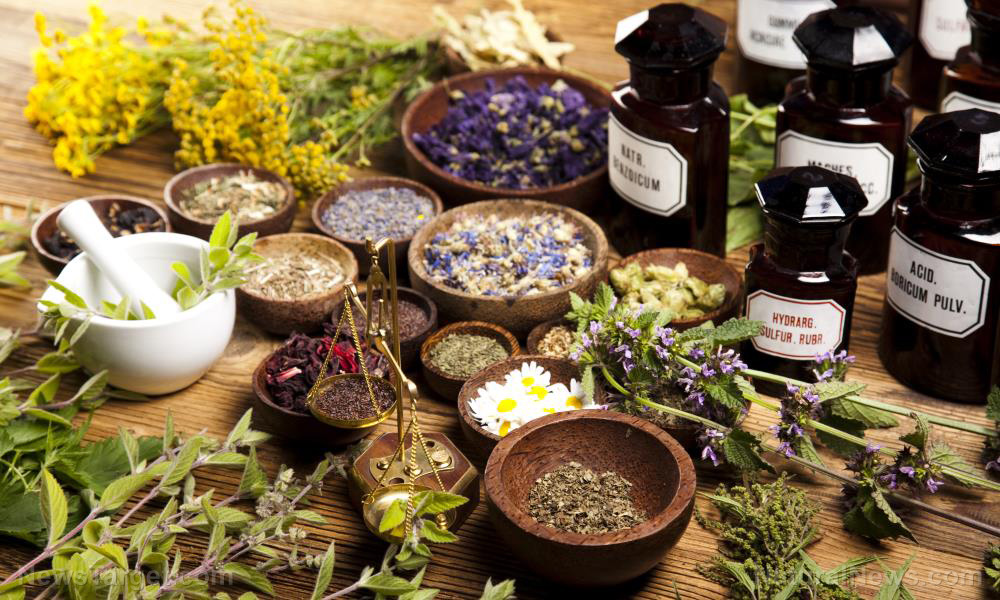Exploring the antioxidant and antimicrobial properties of Cytinus plants
09/24/2019 / By Evangelyn Rodriguez
Researchers from the University of Pisa and the University of Cagliari in Italy characterized the ethanolic and aqueous extracts obtained from the inflorescence of Cytinus hypocistis and C. ruber, and investigated their tannin content, antioxidant properties, and antimicrobial activities. The results of their study were published in the journal BMC Complementary and Alternative Medicine.
- Cytinus is a genus of endophytic parasitic plants found in South Africa, Madagascar, and the Mediterranean region.
- For their study, the researchers collected inflorescences of two Mediterranean species, C. hypocistis and C. ruber, in Sardinia, Italy. They used the Folin-Ciocalteu spectrophotometric method and HPLC to determine the plants’ total phenolic content.
- To test the extracts’ antioxidant activities, they used both electron transfer-based (FRAP, TEAC, and DPPH) and spectrophotometric HAT methods. They evaluated biofilm formation by crystal violet staining and the extracts’ anti-microbial and bactericidal activities using broth microdilution and the time-kill method, respectively.
- The researchers reported the following results:
- C. hypocistis and C. ruber have high amounts of gallotanins, particularly 1-O-galloyl-B-D-glucose.
- The extracts also contained pentagalloyl-O–B-D-glucose.
- The C. hypocistis ethanol extract had 0.117?grams per kilogram pentagalloyl-O–B-D-glucose.
- The C. hypocistis extracts had stronger antioxidant activities than the C. ruber extracts.
- Staphylococcus aureus, Staphylococcus epidermidis, and Enterococcus faecium are sensitive to both Cytinus extracts.
- MICs ranged from 124 to 500 micrograms per milliliter (mcg/mL) for aqueous extracts and from 31.25 to 250 mcg/mL for ethanol extracts.
- Pseudomonas aeruginosa and Klebsiella pneumoniae were resistant to both Cytinus extracts.
- C. hypocistis and C. ruber ethanol extracts inhibited biofilm formation of S. epidermidis.
- Pentagalloyl-O–B-D-glucose is one of the active anti-microbial components of the Cytinus extracts.
The researchers concluded that both Cytinus plants have potent biological activities and can be used as natural antimicrobials and antioxidants.
Read the full article at this link.
Journal Reference:
Maisetta G, Batoni G, Caboni P, Esin S, Rinaldi AC, Zucca P. TANNIN PROFILE, ANTIOXIDANT PROPERTIES, AND ANTIMICROBIAL ACTIVITY OF EXTRACTS FROM TWO MEDITERRANEAN SPECIES OF PARASITIC PLANT CYTINUS. BMC Complementary and Alternative Medicine. 05 April 2019;19(1). DOI: 10.1186/s12906-019-2487-7
Tagged Under: 1-O-galloyl-B-D-glucose, alternative medicine, anti-microbial, antioxidants, bacterial infections, bactericidal, Cytinus hypocistis, Cytinus ruber, herbal medicine, Herbs, natural antibiotics, natural cures, natural medicine, parasitic plants, pathogenic bacteria, pentagalloyl-O-B-D-glucose, phytonutrients, remedies, research, tannin

